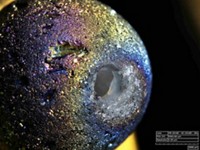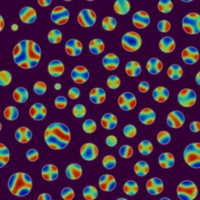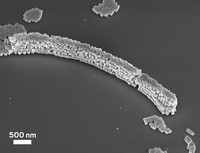Advertisement
Grab your lab coat. Let's get started
Welcome!
Welcome!
Create an account below to get 6 C&EN articles per month, receive newsletters and more - all free.
It seems this is your first time logging in online. Please enter the following information to continue.
As an ACS member you automatically get access to this site. All we need is few more details to create your reading experience.
Not you? Sign in with a different account.
Not you? Sign in with a different account.
ERROR 1
ERROR 1
ERROR 2
ERROR 2
ERROR 2
ERROR 2
ERROR 2
Password and Confirm password must match.
If you have an ACS member number, please enter it here so we can link this account to your membership. (optional)
ERROR 2
ACS values your privacy. By submitting your information, you are gaining access to C&EN and subscribing to our weekly newsletter. We use the information you provide to make your reading experience better, and we will never sell your data to third party members.
Physical Chemistry
Chemistry In Pictures
Chemistry in Pictures: ChemBeads
by Mark Peplow
April 18, 2019

For humans and robots alike, handling tiny amounts of solid reagents—say, one milligram or less—is fiddly work. Now researchers have developed an ingenious workaround: simply coat the reagents onto small, easy-to-dispense glass beads (Angew. Chem. 2019, DOI: 10.1002/anie.201900536). Dubbed ChemBeads, these granules are roughly 250 µm wide and can be loaded with more than 300 different solids, including catalysts, ligands, and inorganic bases, which remain stable for more than 18 months. Since a reagent makes up only 1–20% of a ChemBead’s mass, it’s possible to dole out manageable milligrams of beads to deliver micrograms of reagent.
To read more about ChemBeads, check out the full story by Mark Peplow.
Do science. Take pictures. Win money. Enter our photo contest here.
Related C&EN content:





Join the conversation
Contact the reporter
Submit a Letter to the Editor for publication
Engage with us on Twitter